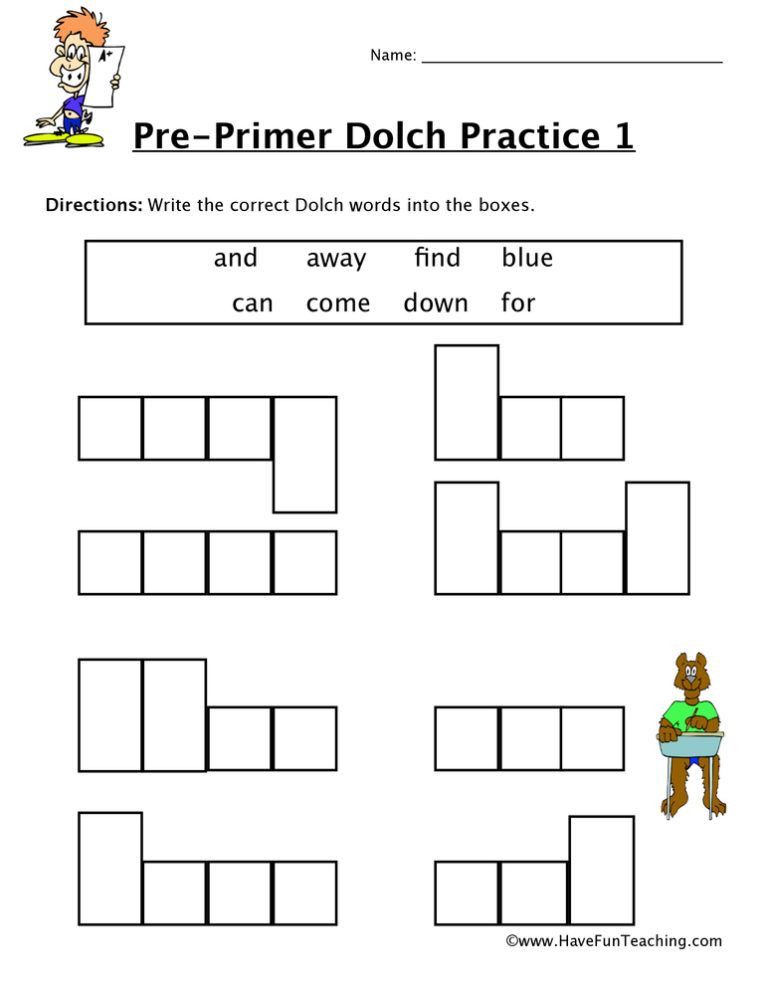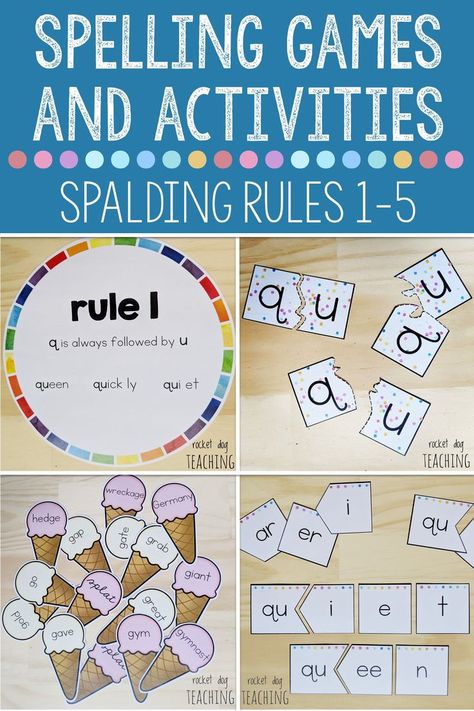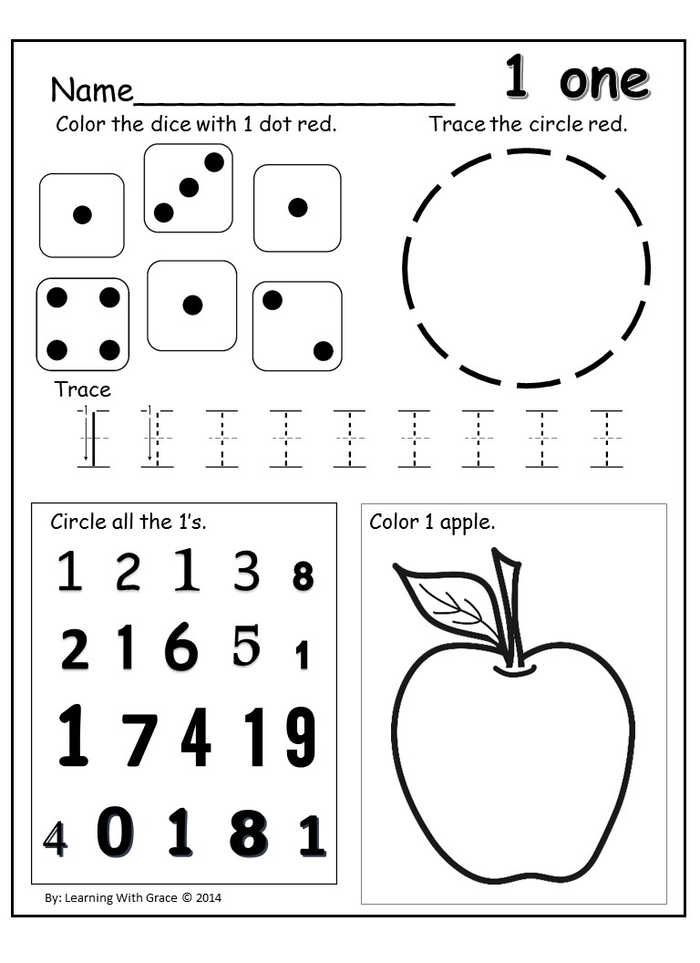Tips when fighting
10 SIMPLE Fighting Tips
The best advice is often the simplest advice.
Life is complex. So are techniques, skills, instructions, and many other things. After all the training you’ve done (or haven’t done)…the last thing you need is more things to confuse your brain and distract you from using your most natural weapon, INSTINCT.
So here are 10 easy tips to help you focus on the fight (and not the instructions):
1. Commit to the fight
You’re there to attack, kill, destroy, win. Commit to having that mentality the whole time. Don’t go in with the “let’s see what happens first”…that’s exactly the kind of thing that makes you second guess yourself and increases your chances of losing. There’s a difference between being smart and being cautious. It’s ok to observe and think, but please—COMMIT!
2. Focus on what you have to do
Land the punch, avoid the counter, move. You should be worrying about what you have to do rather than be worrying about getting hurt or other things. Don’t give yourself too many things to worry about. It’s really a waste of time/energy to worry about things that you cannot affect. Just attack, then move. The moment you stop to worry about getting hit, you’re probably gonna get hit.
3. Exhale sharply with every punch
Every punch should have a breath. This makes you faster and more powerful. It also helps you relax and save energy while also helping you establish a rhythm. Keep in mind this is meant to a be a SMALL BREATH, not a loud huff and puff.
4. Breathe when you defend
Breathe when you block or run away or slip. Breathe every time you’re on the defensive so that your body can take full advantage of this “resting state”. Breathe in a relaxed manner, not a panicky manner.
5. Walk, don’t run
Running and jumping around wastes energy. Walking towards, away, or around your opponent will save lots of energy, exude confidence, and still make it easy for you to move in and out of range. You don’t have to walk, you can use whatever footwork movement you want but do it with the ATTITUDE of walking. No panicking, ok?
No panicking, ok?
6. Drive your elbow (rather than the fist) into each punch
It doesn’t matter whether it’s a jab, right hand, left hook, uppercut, head or body shot. Try to drive your elbow and snap your elbow into the punch. This simple tip makes it easy for your arm to have good punching form with your elbow supporting your wrist and transferring maximum power. Too many people worry about the fist position and launching the fist…but the fist is weakly supported and doesn’t transfer much energy unless the rest of the arm supports it.
7. Never cover your eyes or let your opponent go out of your vision
Avoid ducking your head under him or into his waist in a way where you can’t see his head. If you guys are too close and swinging wildly, try to grab him in order to find him. Some guys use the mentality of always being able to see his chest, this is ok, too.
8. Lean on your opponent
This tactics works well to wear him out and let him waste energy throwing punches with no leverage. He’ll also be wasting energy trying to regain his balance. Of course, you can’t just make it a sumo wrestling contest, you have to actually throw punches here and there when you do this. This tactic works best if you are bigger, taller, have stronger legs, or need a rest.
He’ll also be wasting energy trying to regain his balance. Of course, you can’t just make it a sumo wrestling contest, you have to actually throw punches here and there when you do this. This tactic works best if you are bigger, taller, have stronger legs, or need a rest.
9. Watch for the opponent’s strong hand
Most fighters are one-handed or have one dominant hand that does all the damage. Pay attention only to that side and you will find that it’s almost impossible for him to hurt you. Quite often your opponent will stop using EITHER of his hands, when you take away his opportunities to use the strong hand.
10. Feint to the head, and then go to the body. (ALSO VICE VERSA)
So simple and effective every time. The more tense and out-of-control the fight, the easier this trick will work.
How to Win a Street Fight
Before we continue with this article, we want to stress the importance of attempting to solve a problem without physical altercation.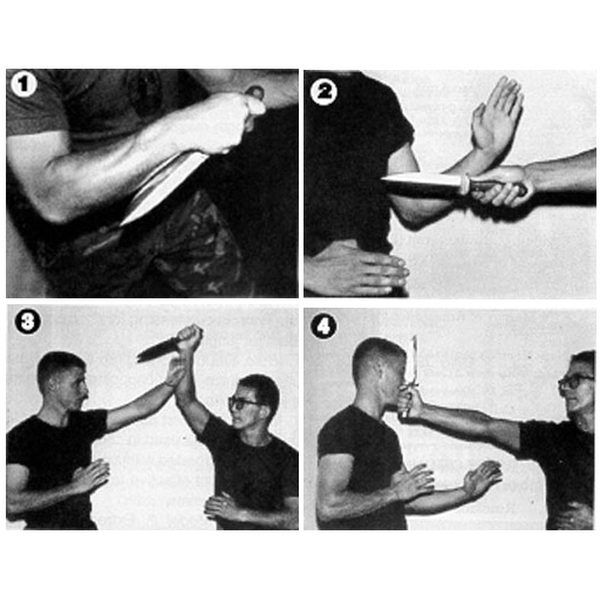 Try your best to deescalate a situation before it becomes a fist fight. There are obviously many dangers when you’re fighting someone, not only from the impact you make on each other, but the impact of someones head bouncing off concrete. A head bouncing off concrete can lead to many problems such as concussion or death.
Try your best to deescalate a situation before it becomes a fist fight. There are obviously many dangers when you’re fighting someone, not only from the impact you make on each other, but the impact of someones head bouncing off concrete. A head bouncing off concrete can lead to many problems such as concussion or death.
Keep these possibilities in mind when you’re angry and about to let fists fly. A street fight isn’t worth someones life, no matter how angry you are at the time. If you would like to be trained for real life self-defense situations, please visit our article on the 10 Reasons Why You Should Study Martial Arts. I always try to avoid street fights when I can, however this guide will still do a great job in teaching you how to win a street fight.
What Not to do in a Fight
Knowing what not to do in a physical fight is just as important as knowing what to do. When an attacker comes into striking range with you, the worst thing you can do is let your guard down.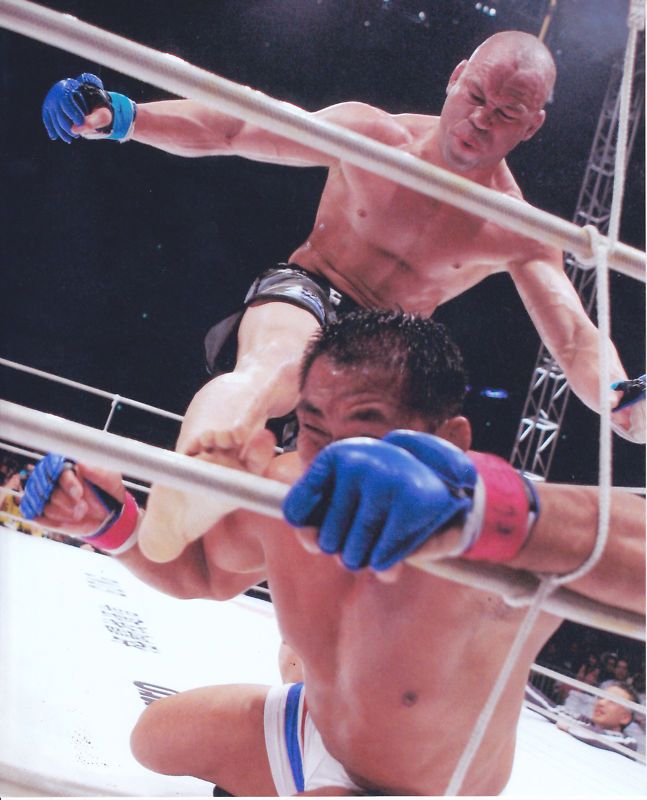 Watch your opponents body language, if they clinch their fist they are most likely preparing to punch you. Continue to step back and keep a good distance while talking to your opponent. Stay out of striking range while they are still being aggressive.
Watch your opponents body language, if they clinch their fist they are most likely preparing to punch you. Continue to step back and keep a good distance while talking to your opponent. Stay out of striking range while they are still being aggressive.
Remember, your opponent could be on drugs or could possible have a weapon. This is especially dangerous when the opponent is a random stranger being aggressive towards you. Don’t assume a fighting stance yet if the situation can still be defused. However the moment that a physical altercation takes place, assume a good fighting stance and posture so that you’re not easily moved. DO NOT LET YOUR GUARD DOWN, under any circumstance. This is especially important in a street fight where there are no rules.
Example of a good fighting stance:
The reasons why this is a good fighting stance:
– Hands are up and alert, always stay active with your hands, never let your guard down in a street fight.
– Proper foot position. It doesn’t matter if you stand with your right foot first (southpaw) or your left foot first (orthodox), however always make sure that your rear foot is at a 45 degree angle, and at a good space from your front foot. (around shoulder length apart)
– Chin tucked! This is so important, keeping your chin high in the air will leave you susceptible to getting knocked out.
Throw the First Punch
Believe it or not, we’re completely serious. If you believe a situation has escalated to the point of no return, throw the first punch, especially if your opponent is bigger than you. The best advantage you can give yourself is ending a fight before your opponent even gets a chance to react. Throwing a punch that lands clean will possibly rock your opponent, or at minimum create the opportunity to throw more punches. Landing with a clean punch will help you end a street fight before it even starts.
Push forward and be aggressive, if the fight goes to the ground then use grappling to submit your opponent (we’ll talk more about this later).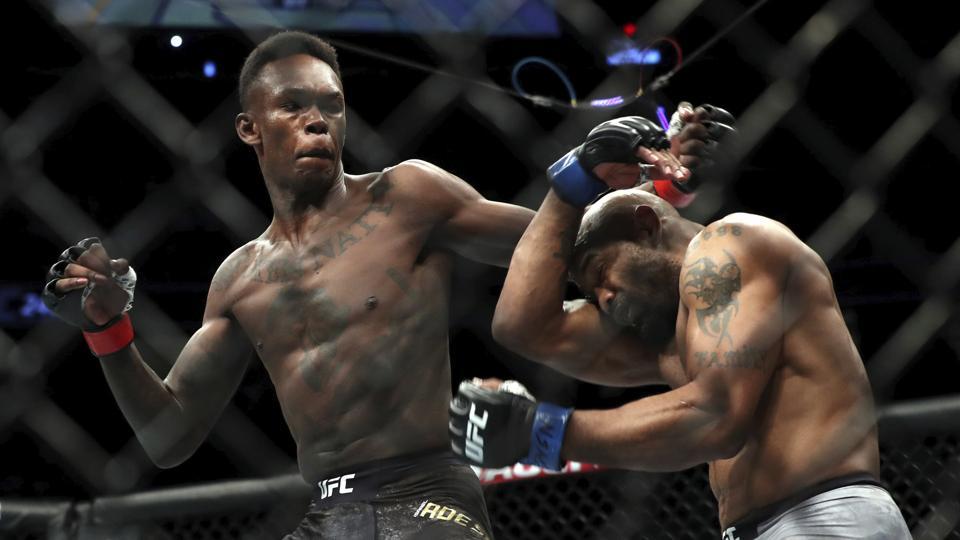 Once you have the advantage, don’t let up until you sense there is no more danger. This DOES NOT mean continue punching an unconscious opponent. If you knock out or choke out your opponent, get up and stop attacking them. Continuing to punch or choke an unconscious opponent can lead to serious brain damage, or even death.
Once you have the advantage, don’t let up until you sense there is no more danger. This DOES NOT mean continue punching an unconscious opponent. If you knock out or choke out your opponent, get up and stop attacking them. Continuing to punch or choke an unconscious opponent can lead to serious brain damage, or even death.
Street Fighting Scenarios
Scenario 1: Standup Fist FightThis type of fight is usually when two people stand up and trade blows, this is usually agreed upon beforehand because most street fights usually make their way on the ground. A standup fist fight has a high chance of a knockout, because the typical untrained fighter will typically swing their fists recklessly. This usually involves reckless swinging with chins up and absolutely no defense. Don’t let this be you, don’t leave yourself susceptible to a knockout in the street, because you never know if your opponent will stop after you’re unconscious. This is another reason why it’s so important to win a street fight and not be on the losing end.
You can practice standup fighting by shadow boxing in the mirror. Throw basic punch combinations and work on your footwork and head movement. If you need more tips on how to improve your standup fighting or boxing, please visit our guide on how to become a better boxer.
Be ready for the right hand
The most common first punch thrown in a fight is the right hand or right hook.
Video example on how to defend against this:
Scenario 2: Fighting on the groundAs we explained earlier, almost all street fights will eventually go to the ground. This can happen from someone being punched and knocked down, or it can happen from someone being tackled or taken down.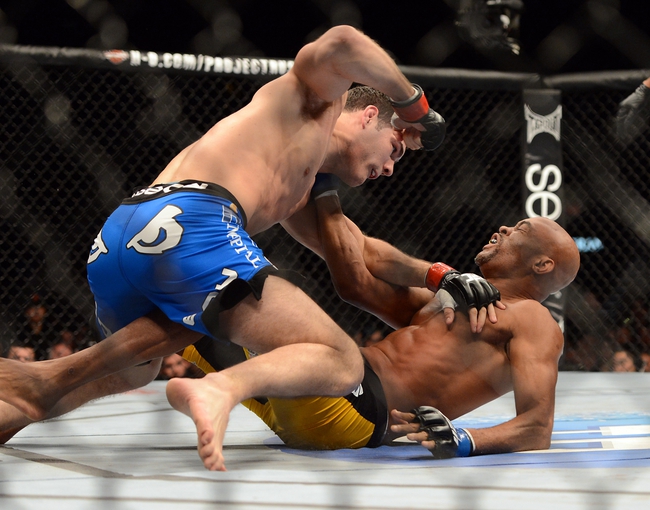 This type of fighting will be an advantage for people who have wrestled in school. The best thing you can do in this situation is get in a dominate position. Either get on top of a person in a mount position, or get behind a person and take their back.
This type of fighting will be an advantage for people who have wrestled in school. The best thing you can do in this situation is get in a dominate position. Either get on top of a person in a mount position, or get behind a person and take their back.
Mount position
This position is great because you’re able to do some good ground and pound, which will eventually lead to your opponent rolling over (and then you’ll have their back). In the mount position you can throw all types of strikes at your opponent, like punches and elbows. Be careful if you’re on a concrete type of surface such as the street or sidewalk. Hitting the back of your head or your opponents head off of concrete can lead to serious brain damage or death. Also, be careful when throwing punches while grounded on a concrete surface, it’s very possible to break your hand off the ground if you miss your opponent.
Example of a mounted position:
Take your opponents back
When you’re in the mount position and inflicting serious damage on your opponent, they will eventually roll onto their stomach. This is the perfect time to take their back and end the fight with a submission. The most common submission is the rear naked choke because it’s quick and effective. When you have your opponents back it just happens to be the perfect position to choke them. If you start choking your opponent chances are that you’ve won your street fight, however don’t let your guard down for one moment during or after the choke.
This is the perfect time to take their back and end the fight with a submission. The most common submission is the rear naked choke because it’s quick and effective. When you have your opponents back it just happens to be the perfect position to choke them. If you start choking your opponent chances are that you’ve won your street fight, however don’t let your guard down for one moment during or after the choke.
Video example explaining the steps of a rear naked choke:
After the Fight is Over
Be respectful after the fight is over, while also being aware of any other possible attackers, especially if the person you just fought isn’t alone. If you win the fight and your opponent is with friends, those friends might want a round two (or some sort of redemption for their friend).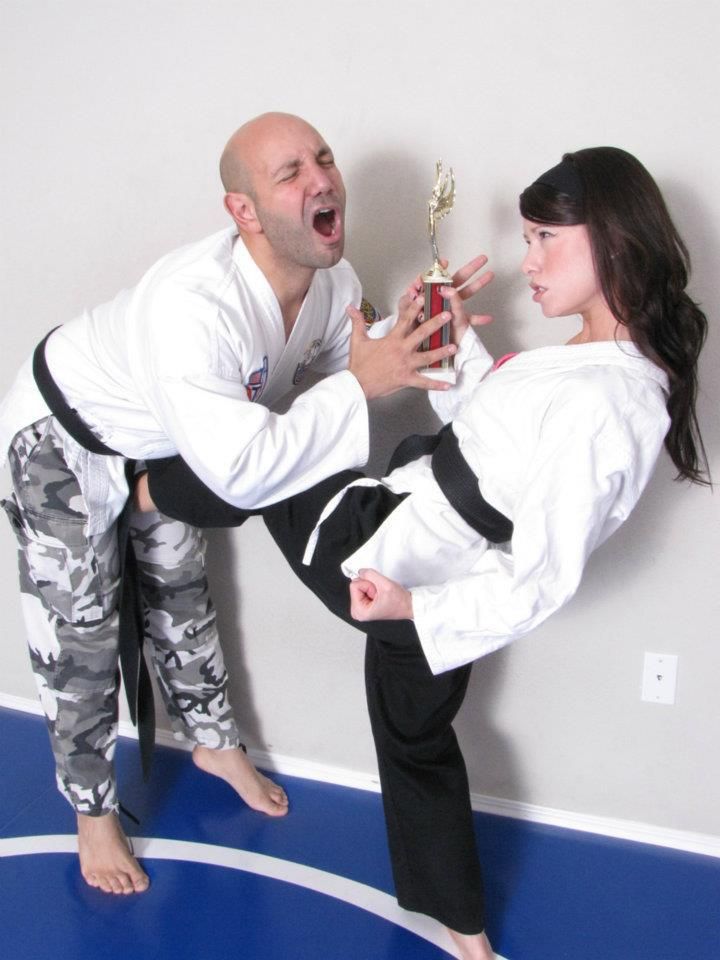 You always need to keep your guard up before, during, and immediately after a street fight. I hope that this article has given you the confidence to win a street fight, however I hope that you’re never in this situation.
You always need to keep your guard up before, during, and immediately after a street fight. I hope that this article has given you the confidence to win a street fight, however I hope that you’re never in this situation.
Learn Martial Arts Today
See my favorite instructionals for... BJJ → Boxing → MMA →
Hi, I’m The MMA Guru. I started training Muay Thai in 2013 and fell in love with many other forms of Martial Arts ever since, so much so that I decided to create this website to share my love of the martial arts. This site is a go-to resource for MMA, Boxing, Muay Thai, and Brazilian Jiu Jitsu enthusiasts.
Tips for Your First Fight
Last Sunday I seconded 2 fighters in their first fights. My friends Van and Richard have been training hard for the last couple of months. I was proud to see them win their first fight. (Video attached.)
(Video attached.)
I thought you'd like to know how I seconded Van and Richard. To all the guys who have trained hard, you deserve to win—this guide is for YOU. For all those who trained only for 99% and/or likes to make excuses, this guide will help you not get knocked out in front of your friends.
Here are some strategies and tips for your first fight...
Truth
You're either ready or you're not. If your fight is only one week away, I (or anyone) can't say something that will make you a better fighter overnight. You either have the potential to win or you don't.
THE GOOD NEWS is that I can help you fight to the MAXIMUM OF YOUR POTENTIAL. And there in the ring, that's all you really need. If you go out there and fight to the best of your potential, I promise you, you will be happy with the result, no matter the outcome. No one likes to get tired early and lose in the number of strokes. Nobody likes to lose a fight where you didn't do your best.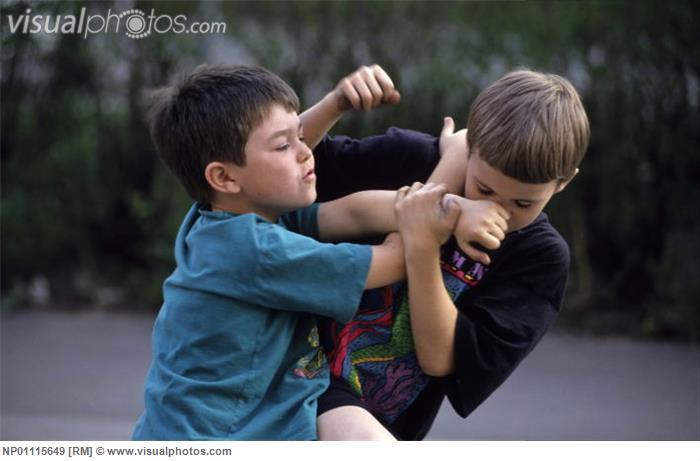
So again, I can't make you the best you are, but I can help you perform at 100% of your potential.
What If You Are Nervous?
I can only give you a few reasons why people get nervous before fights. One of them is that you didn't train hard enough. If you mowed in training, do not ask for a victory. Other reasons for nervousness are that you don't really enjoy fighting, or that the atmosphere of the crowd is affecting you. If you don't truly enjoy the RISK of getting hurt, you shouldn't perform.
Everyone gets emotional before a fight. Fear, anxiety, stress, excitement... all of these are the reasons why you fight. Never forget that emotions are the reason why you love to fight (or why you love anything). The risk of failure, the thrill of winning—that's why you enjoy the competition! So get out there and take that risk.
Fight, this is your reward.
When you train hard, fighting becomes your reward.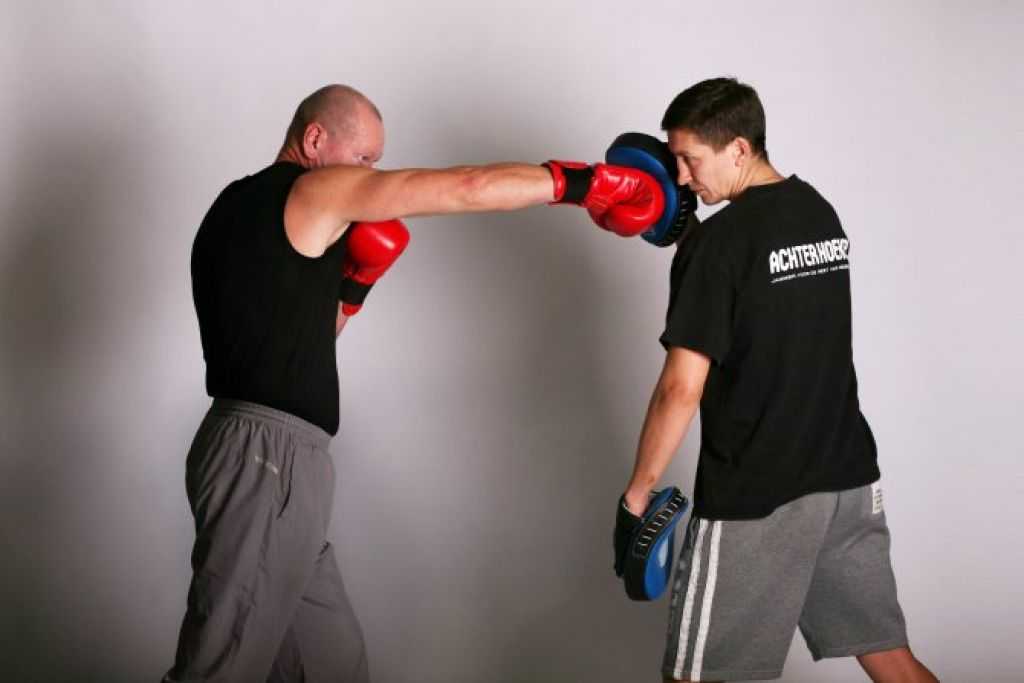 You have the opportunity to show everyone how hard you trained and how beautiful you are. You can't wait for the day of the fight and you are full of desire to enter the ring. You WANT to fight, you WANT to have fun.
You have the opportunity to show everyone how hard you trained and how beautiful you are. You can't wait for the day of the fight and you are full of desire to enter the ring. You WANT to fight, you WANT to have fun.
I want to share a story about my fighter, Wen, who trained 100% every day for his first fight in December. Unfortunately, this evening was canceled on the day of the fight, but what happened next was inspiring. When I broke the news to Wen that the fight had been cancelled, he felt sad as if his birthday had been cancelled. I tried to cheer him up and let him know that he only had more time to get better, but he didn't care.
Luckily we were able to fit him into an illegal fight in January. When that day finally arrived, I have never seen a happier fighter. He smiled and laughed as if he had already won. He trained hard for this and couldn't wait for this moment. I hope that when it's time for your first fight, you want it as much as Wen does. And if you don't want it as bad, then I will pray that you don't fight Van. 😉
😉
STRATEGY FOR YOUR FIRST FIGHT!
Round 1 - BOX
- show: control, skill, respect
Start with reconnaissance jabs, but watch out for HIS right hand. Trust me, he's just as eager to punch it as you are. Block his jabs, but watch out for his right hand. You can throw your right hands and even quick combos from time to time, but don't try to break or finish him. SAVE YOUR ENERGY! Try to keep center of the ring and keep spinning your opponent instead of backing away from him. Establish dominance, confidence and leadership in the ring. The first round should look close.
Touch Him
This is the most important part of the first round. You have to set your distance and boxing ability. Be sure to touch it before investing in power punches. Also, you let him know that you are able to reach his vulnerabilities; let him know that you can hurt him. This way you will make him cautious, instead of trying to run over you. Throw fast jabs, fast right hand. Throw the hook when he lowers his arms. Touch his head and body, top and bottom. Move on and keep looking for new angles. Get him to throw a few counters to see where he opens up when he throws.
Throw fast jabs, fast right hand. Throw the hook when he lowers his arms. Touch his head and body, top and bottom. Move on and keep looking for new angles. Get him to throw a few counters to see where he opens up when he throws.
Box with Him
Unless he's wide open for your right punches, don't try to knock him out. Let him create his own vulnerabilities. If he wants to waste energy cutting down, connect your punches and knock him out. Otherwise, stick to your fight plan and learn as much as you can about his vulnerabilities while you fight him.
Breathe
I thought it should be obvious, but it's not. The hardest thing for most beginners is to keep breathing during the fight. Everything seems to distract them from breathing. Think about it this way. Your breathing is your pace. If you can fight and have time to breathe, then you fight at your own pace. Your opponent can move a lot and throw a lot of punches, but if you can keep YOUR BREATH, you will be in control, not his. Breathe when you punch, breathe when you defend, breathe when you move. Most importantly, breathe when YOU want to (not when he lets you).
Breathe when you punch, breathe when you defend, breathe when you move. Most importantly, breathe when YOU want to (not when he lets you).
Round 2 - BAY
- show: power, strength, aggression
Now you need to start pressing him. Start investing more in your punches. Move forward more. More power, more pressure, more aggression. See if you can get him to the ropes. Be prepared to take the damage you inflict. The fight will go from one side to the other, where both fighters try to hurt each other. Natural common sense applies here.
Sit Down When Punching
Do not raise your hips too much. Let your hips drop and screw your feet into the ground harder. The better connected you are to the ground, the more power your opponent will feel. Lower the weight to hit harder!
Add More Strokes
This is a very important point! A lot of beginners will sit and admire their work. If you hit your opponent well, try to add more. Don't give him a chance to recover. Try to turn 1 hit into a 3-hit combo. Don't move away from him, keep hitting until he throws something back. And then when he does, you dodge that punch and add more counters. Don't let him fight, don't let him stand, don't let him breathe. The main trick is to learn how to apply pressure without throwing punches (or wasting energy).
If you hit your opponent well, try to add more. Don't give him a chance to recover. Try to turn 1 hit into a 3-hit combo. Don't move away from him, keep hitting until he throws something back. And then when he does, you dodge that punch and add more counters. Don't let him fight, don't let him stand, don't let him breathe. The main trick is to learn how to apply pressure without throwing punches (or wasting energy).
Inexperienced fighters do not start hitting
until their opponent hits first.
Experienced fighters do not stop hitting,
until their opponent begins to respond.
Move After the Last Punch
Move after you throw your hardest punches. Your opponent will want to throw back after you just hit him with a great punch. Throw a combination, take a step. Try another combination, take 2 steps. You don't have to jump away from him, it's a waste of energy. The SIDE SHIFT action alone is enough to deflect the force of his blow. Don't be so careful that he might touch you. The goal is to throw him out of rhythm by constantly changing directions. The point is not to BE near and far, but to MOVING back and forth. Take small steps, as long as you move forward and backward you will be fine.
Don't be so careful that he might touch you. The goal is to throw him out of rhythm by constantly changing directions. The point is not to BE near and far, but to MOVING back and forth. Take small steps, as long as you move forward and backward you will be fine.
Defend the Mirror Side
A good rule of thumb is to defend from the side you just hit. If you finish your combo with a right hand, expect a counter from his left hand. If you threw your last left hand, expect a counter from the left side. Don't sit there thinking about it. Just run your combos, but whichever hand you hit last, expect a counter from that side.
Round 3 - BLOW
- show: endurance, position, dominance
By now, both fighters have accepted their roles. Perhaps one is the aggressor while the other waits passively by the ropes. Either both box, or both cut.
I hope you're in great shape for what's about to begin. The third and final round is where you go all out throwing non-stop punches.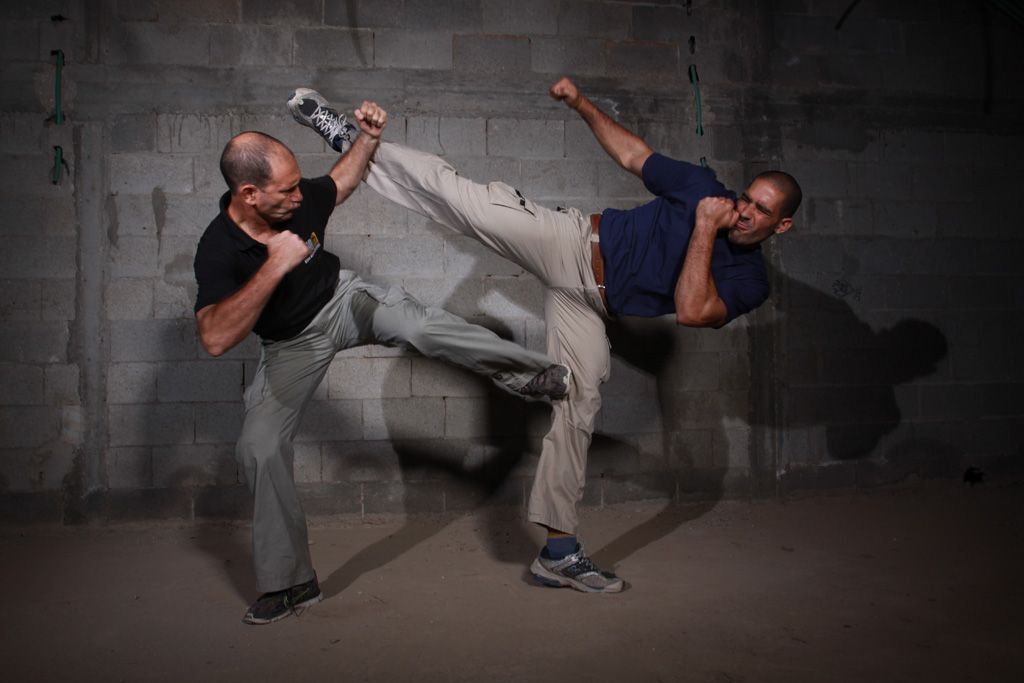 The only time you stop hitting is to let him miss. Otherwise, stay busy and keep putting pressure on him. Don't leave anything in the ring. Follow him with non-stop combinations. Stop, catch your breath, and adjust your defense if necessary, but keep moving forward. He might throw a good counter or two, dodge them and keep moving forward. Don't wait, throw your hands away! More punches, more pressure, more aggression!
The only time you stop hitting is to let him miss. Otherwise, stay busy and keep putting pressure on him. Don't leave anything in the ring. Follow him with non-stop combinations. Stop, catch your breath, and adjust your defense if necessary, but keep moving forward. He might throw a good counter or two, dodge them and keep moving forward. Don't wait, throw your hands away! More punches, more pressure, more aggression!
You need to remind the judges that you've been working harder. You need to look like a more aggressive fighter. (Running around the ring in the last round is a common way to lose by decision! So make sure you have the energy to fight at the end and finish strong.)
Automatic Combos
Now is NOT the time to think. You should have 2 sets of automatic combinations on hand: the ones you worked out in the gym and the ones that worked well for you in the first two rounds. For me it's a double jab, a right cross, a left hook dive and a right cross, a left uppercut, a right cross.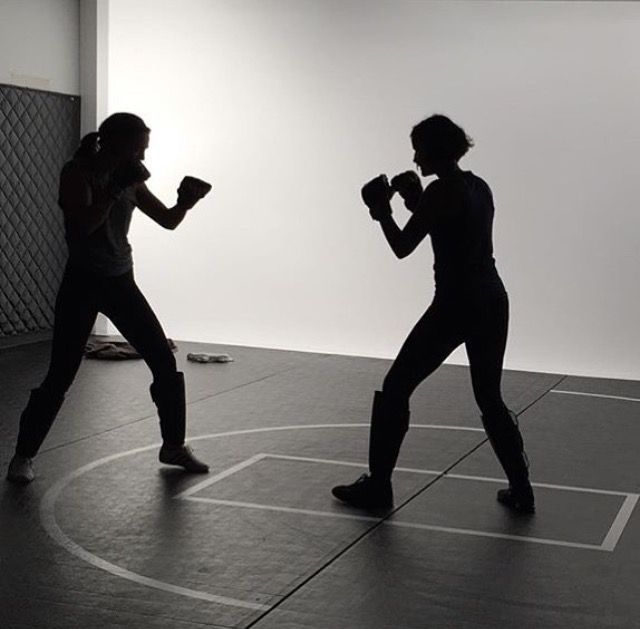 Then I step to one side and throw a powerful left hook. In short range, I throw 1-2-1-2-1-2 and then step back. I step back to new angles every time so that my opponent doesn't realize that I'm doing the same thing over and over again because I hit him from different angles every time.
Then I step to one side and throw a powerful left hook. In short range, I throw 1-2-1-2-1-2 and then step back. I step back to new angles every time so that my opponent doesn't realize that I'm doing the same thing over and over again because I hit him from different angles every time.
It's easy, I don't think about it. I can punch thousands of these combinations if necessary. Your automatic combinations may be different. The last round is when you are the most tired. You save energy by repeating what works.
Hit and Push vs Hit and Defend
When you don't have energy, it's hard to hit and then defend or hit and then get out of range. Many amateur fighters are very smart at this, they push and lean ON their opponents when they finish punching. This way, the opponent is busy trying to stay on his feet, and you do not need to spend energy on defense. By the time your opponent pushes you away from him, you've caught your breath a little and just keep hitting him again.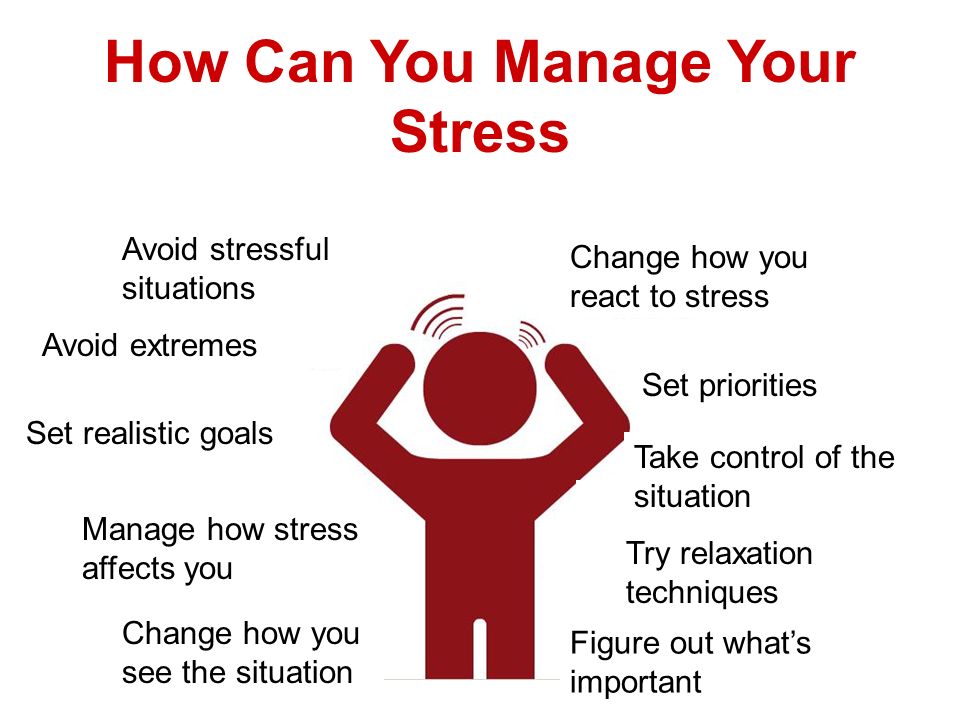 Instead of wasting energy on defense, you save all your energy for punching.
Instead of wasting energy on defense, you save all your energy for punching.
NOTE: I'm not talking about neglecting security. I'm just saying that pushing is easier and less energy intensive than trying to use active defense like dodging or stepping back in the last round. Learn to press your opponent smartly after you've finished throwing punches.
Imposed Punches
This is the idea of forcing your opponent to take your punches. You're tired and you don't have the energy to chase him with punches. Instead of trying to hit harder and faster, there are some smart things you can do to make him an easier target. He's tired too, so with the right tactics you can force him to block or take hits. Punch him in the chest, punch him in the ribs, hit him anywhere on the body. Body punches are a great last round tactic because your opponent is less mobile. He will have no choice but to block your punches or take painful body shots. This puts his hands down, giving you precious head work time. If he is frozen in one place, your headshots will deal damage even if he blocks them.
If he is frozen in one place, your headshots will deal damage even if he blocks them.
Another way to force him to take hits is to unbalance him. Get over him up close, push him with your shoulder as you walk around him. Grab it by the back of your shoulder and spin it as you spin. When he blocks your punch, try to push him off balance if you can. When he swings wide, pull back so he can fall through and lose his balance. When he hits with your punch, grab him by the glove and pull him towards you. Get him off balance as soon as you can so you can land your forced punches on him.
The last piece of advice for making forced strikes is common sense. Throw punches with a small margin of error. If he likes to pull back or step back, throw your punches a little longer (hook to the back of his head, not the front). If he likes to dodge or duck under punches, aim for his chest or shoulders. If he likes to block punches, start with the body and gradually move the punches to the head.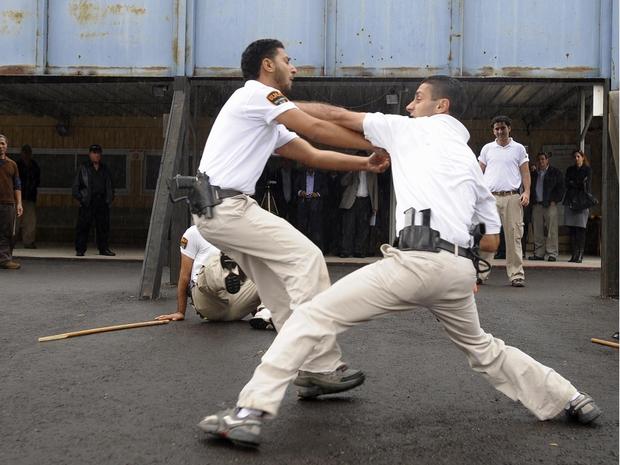 Last but not least, THROW OUT THE FEINT, this forces him to invest in movement and you can hit him afterwards.
Last but not least, THROW OUT THE FEINT, this forces him to invest in movement and you can hit him afterwards.
Weaken His Legs
In the last round, all fighters have weak legs. Every time you find yourself in a clinch, spin it around you. You do this by dropping your hips down as you swing one leg behind you. This movement creates an open spot on the side, forcing him to fall into that spot and lose his balance (especially if he's leaning towards you). It also helps to know some basics of wrestling.
You can also weaken his legs by going at him with blows. I especially like to do this against fighters with thin legs.
Tips for Your First Fight
1. Be Aggressive
Make your opponent FEEL
that you want to hit him.
One tip is worth 5 tips by itself. Turn on your aggressive attitude. Don't worry about confidence or punching power or anything. Make your opponent think that you will hurt him. Twitch your right arm like you're about to hit him with the most powerful right cross in the world. When you're chasing him, make him FEEL like you want to throw a few more punches. When he attacks you, always look like you're about to throw a hard counter. This aggression makes him cautious, makes him less aggressive.
Twitch your right arm like you're about to hit him with the most powerful right cross in the world. When you're chasing him, make him FEEL like you want to throw a few more punches. When he attacks you, always look like you're about to throw a hard counter. This aggression makes him cautious, makes him less aggressive.
Press your opponent with your eyes. This alone will stop any opponent from attacking you. Think of an opponent hiding behind a block. When you can't see his eyes, he looks vulnerable and seems easy to attack (like a sleeping person). But when he looks you straight in the eyes, you become cautious. Do the same with your opponent, if he attacks you, look him straight in the eyes even harder. Make him think "I'm watching you, I'll hit you!"
That's amazing, isn't it? You don't have to BE aggressive, you just have to play your part.
2. Don't Hit Too Early
Most of the guys I see mess things up, they start hitting first and then try to box in the last round when they're out of energy. If you fight in this way, it will be easy for you to be at a disadvantage because you show all your cards to your opponent at the very beginning. He will know how hard you hit, what skills you have, and how well prepared you are physically. Don't forget that he has a coach! If you show all your moves early, his trainer will tell him to make adjustments and he'll figure you out by round 2 or 3.
If you fight in this way, it will be easy for you to be at a disadvantage because you show all your cards to your opponent at the very beginning. He will know how hard you hit, what skills you have, and how well prepared you are physically. Don't forget that he has a coach! If you show all your moves early, his trainer will tell him to make adjustments and he'll figure you out by round 2 or 3.
Your opponent's coach can tell him
to save energy in the first round.
Cutting early means you'll be tired when you try to box later. If you start boxing later in the fight, he will win the last round of lightweight because it will look like you are afraid and trying not to get into the fight. Unless you're 100% sure you can knock him out, save the cutting for last. When you get better, you can start the fight however you want, but for now, try to box > throw > slash.
3. Box in the Center of the Ring, Fight at the Ropes
Try to box and use the space in the center of the ring to move and outbox your opponent. It's not very smart to throw hard punches in the middle of the ring because your opponent can easily get away by stepping back or stepping to the side and throwing a counter. When you're in the center of the ring, keep boxing and moving towards your opponent. Keep turning him around and moving to keep the center of the ring, let him try to put pressure on you (punches) while you outdo him in movement.
It's not very smart to throw hard punches in the middle of the ring because your opponent can easily get away by stepping back or stepping to the side and throwing a counter. When you're in the center of the ring, keep boxing and moving towards your opponent. Keep turning him around and moving to keep the center of the ring, let him try to put pressure on you (punches) while you outdo him in movement.
The closer you get to the ropes, the harder you hit. The closer you push your opponent to the ropes, the less room he has to move, and the more you can force him back with your power. Likewise, if you're at the ropes, you'll probably have to use your power to push him away from you. Also, you have nowhere to go, so you HAVE to fight if you are cornered.
4. Stay Warm
Wear pants 24 hours before the fight to keep your body warm and relaxed. Don't start stretching 2 hours before a fight, do it all before. When you're warming up for a fight, be sure to sweat it out! (Your body performs better at higher temperatures—hence the expression "warm up".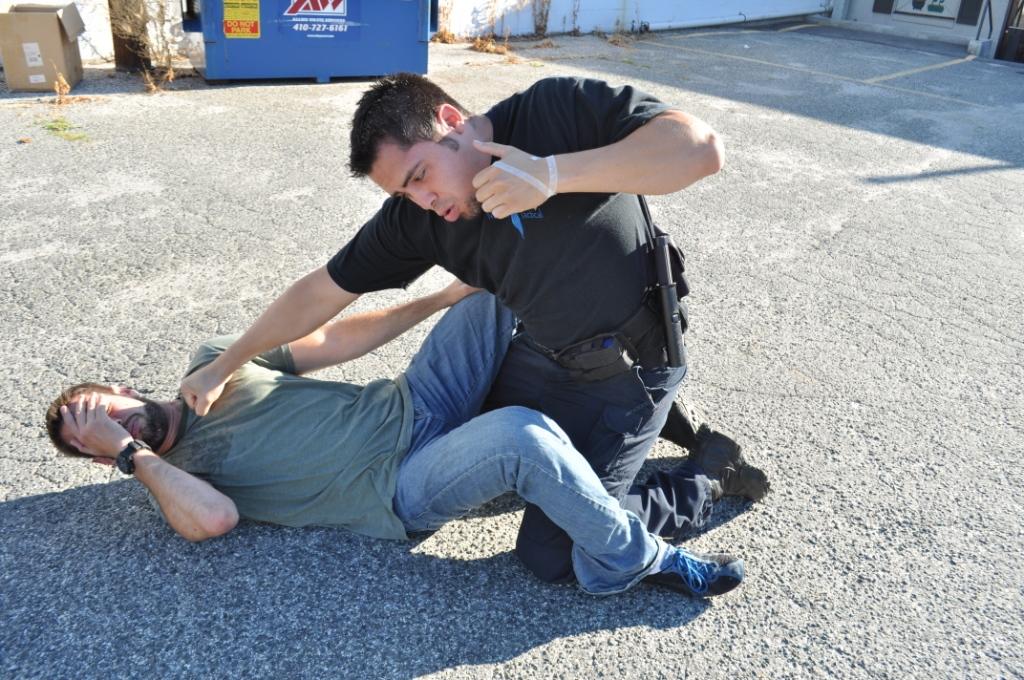 ) Drink plenty of water in the hours leading up to a fight. When it's time for a fight, drink only in small sips. You will feel nauseous or your stomach will be bloated if you have too much water in your stomach.
) Drink plenty of water in the hours leading up to a fight. When it's time for a fight, drink only in small sips. You will feel nauseous or your stomach will be bloated if you have too much water in your stomach.
5. Walk
Maintaining a boxing stance can make you stiff during a fight. Every time you don't throw punches, relax your body and walk. When your opponent jumps back and forth at a distance, walk around a bit to relax your legs. Even when you take hits, there is no rule that says you have to stand still. You can literally GO to the side (even while blocking). Even if his punches land on you, they carry less power if you move away from them.
Many of the smartest fighters never jump around the ring, they can fight while walking. You can throw a few hits, then walk, throw a few more, walk again. Look at Miguel Cotto, Joan Guzmán, Ivan Calderón to see how they do it.
6. This is not Sparring
An official match, this is something very different. You can't do the same shit you do in sparring. Lying on the ropes looks bad and will cost you your decision. In sparring, you may feel that at the ropes you force your opponent to swing out in order to land a few accurate blows yourself, but for the judges it looks like a passive fighter. Lowering the head to waist level is also not allowed. This is done in sparring but is not allowed in amateurs. In competition it is not allowed to fight passively, you must ALWAYS show aggression. If you take 15-20 unanswered punches, the referee will jump in and give you a standing knockdown. If you continue to do so, the fight will be stopped even if you are perfectly fine.
You can't do the same shit you do in sparring. Lying on the ropes looks bad and will cost you your decision. In sparring, you may feel that at the ropes you force your opponent to swing out in order to land a few accurate blows yourself, but for the judges it looks like a passive fighter. Lowering the head to waist level is also not allowed. This is done in sparring but is not allowed in amateurs. In competition it is not allowed to fight passively, you must ALWAYS show aggression. If you take 15-20 unanswered punches, the referee will jump in and give you a standing knockdown. If you continue to do so, the fight will be stopped even if you are perfectly fine.
7. TRY to hit!
So many fighters find themselves in a position where neither one nor the other will hit first because they are both afraid of each other's counters. It's okay to be careful, I'm proud that you have a brain and that you care about protection.
Now find a way to hit your opponent. Instead of waiting all day for him to strike, figure out how to be intelligently aggressive. Usually, the one who acts recklessly, and not the one who is aggressive, falls into a knockout. Have faith in your chin. If you've already taken hits in training, you probably won't get knocked out in your first fight. You WILL hurt, but you'll be fine.
Instead of waiting all day for him to strike, figure out how to be intelligently aggressive. Usually, the one who acts recklessly, and not the one who is aggressive, falls into a knockout. Have faith in your chin. If you've already taken hits in training, you probably won't get knocked out in your first fight. You WILL hurt, but you'll be fine.
Be aggressive, not reckless.
Follow the flow!
Don't try to learn a million new things before a fight. It didn't work for me or anyone else. In fact, it never worked. The idea of memorizing how you're going to fight is like trying to plan how you're going to dance with a girl in a club. No time to remember, no time to think. I can show you exactly how Floyd Mayweather rolls from punches, but it won't work if you have to think about it before you do it. All your skills by this point should be automatic. In moments of extreme stress, everyone resorts to their comfort zone. This is part of human nature.
Learn to box, practice it, perfect it...then forget about it, just go with the flow and enjoy the fight. Good luck!
A recap of my fighters Van and Richard winning their first fights:
Now upload your first fight video and share how you felt!
15 tips on how to survive in the war
Giving advice at such a time is not very rewarding, but we believe that it is not in vain. Let's take the risk of reminding the reader - both military and civilian
Someone once said that the army is a wolf's path, along which one must pass with bared teeth. And stay human. The war is not even a path, but something more - more dangerous, dark and terrible - that we all must go through. And yet war is dehumanization, erasure of a thin civilizational layer. A humane (more or less) attitude, and even then not always, can only be expected at the beginning of hostilities. Then there is a rapid slide into the abyss of violence.
Then there is a rapid slide into the abyss of violence.
But with all this philosophy, we need Victory. And we will get it, overcoming everything.
1. The enemy is the enemy or the inadmissibility of pacifism during the war
In war and in captivity, not the smartest and not the strongest survive. Those who can adapt survive. Who quickly catches, correctly assesses the new circumstances. Someone who has a quick reaction, who is able to make quick and mostly unconventional decisions.
It should also be remembered that every foreign soldier with a weapon in your own land, even if he does not shoot at you, is a murderer. That is his profession - to kill. Then he was sent here: to conquer, destroy and kill. Of course, someone compassionate can say that, they say, not all, but there are “poor boys” who were sent here with an “unshaking hand” to die, but pacifism during the war is an extremely dangerous thing. Pacifism is possible only after the end of hostilities.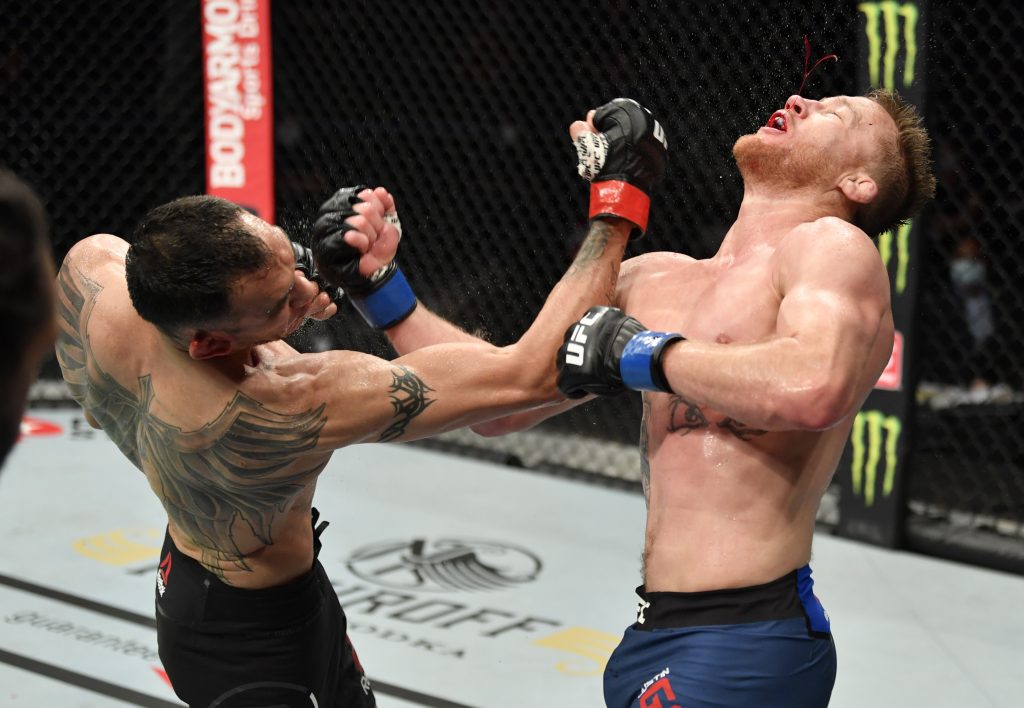
2. Reliability, more precious than gold
In war, it's not your yesterday's social status that matters, but your ability to fight. And also - the ability to get food, fuel, cigarettes. Extreme conditions require several different skills than in civilian life. Everyone who finds himself in a war zone must become a “survivor”. Yes, and the best soldiers are not poster Rimbaud, but mostly inconspicuous men with hardened hands and rough features. These should be kept. You won't get lost with them. Reliability in war is more precious than gold.
And here you “weigh” exactly as much as you actually “weigh”, and not how you imagine yourself. No matter how cynical it may sound, war is an impeccable manifestation of both human virtues and human baseness. True, a very expensive developer.
3. You can't become a paramedic during an emergency
In an extreme situation, under bullets, you should know the following: if something is torn off, you need to prick promedol and clamp it with a tourniquet.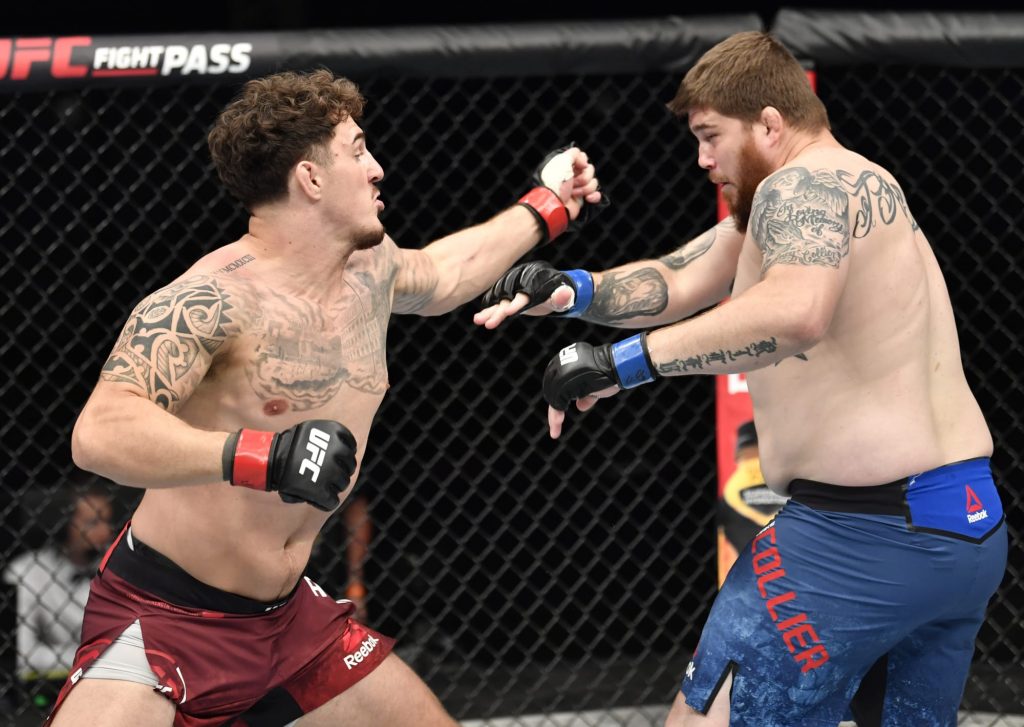 If an artery or a large vessel is interrupted, we prick promedol and pull it with a tourniquet to the maximum. You need to pull with all your strength until you can twist further, because it is extremely difficult to stop the bleeding from the femoral artery. If the chest or stomach is pierced, we prick promedol again, plug the hole and bandage it. As soon as possible, the wounded should be handed over to the doctors.
If an artery or a large vessel is interrupted, we prick promedol and pull it with a tourniquet to the maximum. You need to pull with all your strength until you can twist further, because it is extremely difficult to stop the bleeding from the femoral artery. If the chest or stomach is pierced, we prick promedol again, plug the hole and bandage it. As soon as possible, the wounded should be handed over to the doctors.
By the way, a hole in the body can be plugged with anything. Suitable plastic bags, rewound on top with tape. The point here is to avoid pneumothorax. To keep air out. When wounded in the chest - this is the most dangerous.
4. The importance of hygiene and the advantage of an empty stomach
The worst thing in war (apart from the constant threat of death) is not even hunger, but cold and unsanitary conditions. They lead to frostbite, suppuration, inflammation, dysentery, eczema, streptoderma. At the slightest opportunity, you should wash your clothes, wash your hands, feet, groin, under your arms, and dry your shoes.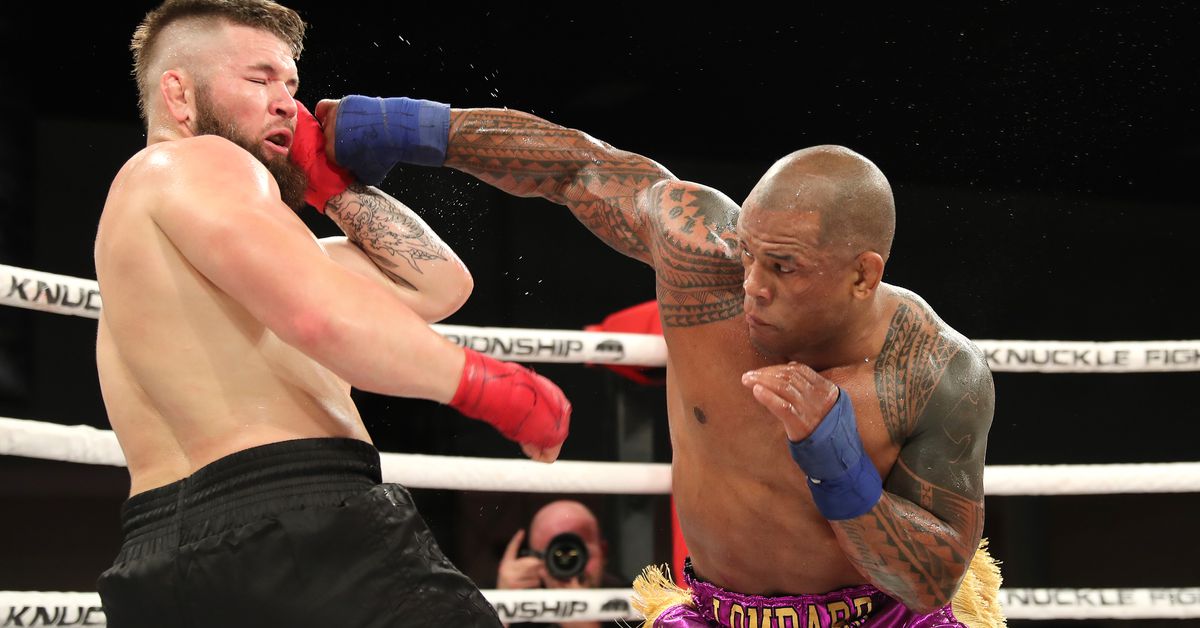
About hunger. In war, a certain austerity must be adhered to. For example, eat twice a day. An empty stomach has its benefits. Firstly, it minimizes one of the main everyday problems in the war - a long-distance trip. Correcting natural needs in heavy body armor and with a machine gun on his knees is not an easy task. Secondly, you can run into a stretch and be left without legs. Thirdly, when wounded in the abdomen, when the stomach is empty, there will be less chance of peritonitis.
5. Dangerous alcohol; cigarettes and socks are the currency of war
Alcohol in war is an absolute taboo. If the booze begins - go away from there and away. It will not lead to good.
Cigarettes, matches, socks, diesel fuel and vodka - the main currency of the war. Even if you don't smoke, stock up on a few packs of cigarettes. They are your priceless treasure; may come in handy.
You should also have newspapers - a newspaper placed on the insole warms the feet well. Sanitary pads absorb moisture. You should also have some kind of cream. It can save you from eczema. Also take care of your feet. Proper footwear is just as important in war as it is during a long pilgrimage on foot. Anyone who has experienced this knows. Banal scuffs can be incapacitating, and because of calluses, you can feel almost disabled.
Sanitary pads absorb moisture. You should also have some kind of cream. It can save you from eczema. Also take care of your feet. Proper footwear is just as important in war as it is during a long pilgrimage on foot. Anyone who has experienced this knows. Banal scuffs can be incapacitating, and because of calluses, you can feel almost disabled.
And one more thing. Advice to citizens. You should stock up on nuts, seeds, dried fruits: raisins, prunes, dried apricots, dates, etc. Everything that you can put in your pocket can be chewed in a bomb shelter. Of course, it’s good when there is buckwheat and pasta, but they need to be cooked somewhere and on something else. When there is no gas, no electricity, no water, it becomes very problematic.
6. Something about water
A bucket of water can be obtained from a bucket of snow. All distillate - snow, rain - needs to be salted. Otherwise you can't get drunk. Will be thirsty. If there is no salt, throw in a pinch of ash. But the best option would be boiled water. From the river, swamps, puddles. Water can be disinfected with any household chemicals, which include chlorine. Any bleach (for example, "Domestos"). You should add a little bleach to the water (the main thing is not to overdo it, because you will not be able to drink), and then let the water stand for four hours. In general, when there is no clean water, and you have not drunk for several days, you will drink even from a puddle. Even with frogs. And you won't get anything from it.
But the best option would be boiled water. From the river, swamps, puddles. Water can be disinfected with any household chemicals, which include chlorine. Any bleach (for example, "Domestos"). You should add a little bleach to the water (the main thing is not to overdo it, because you will not be able to drink), and then let the water stand for four hours. In general, when there is no clean water, and you have not drunk for several days, you will drink even from a puddle. Even with frogs. And you won't get anything from it.
7. Danger of apathy
Apathy is the first step towards death. When you plunge into your imaginary world, into the past, then you stop responding adequately to changing circumstances. As they once said in the Gulag - "you swim." Apathy is just as dangerous as fear. Then you can make a fatal mistake. So brushing your teeth (twice a day!), And for men, shaving is a must. Also, when possible, you need to try to live a familiar life. Routine in this situation saves.
8. Make contact and not get hysterical
War is an increased level of anger. In a critical situation, it is important to understand who you are. Understand the level of aggressiveness of those who stopped you. The degree of their "twisting". Establish psychological contact. If you get hysterical, they can immediately kill you. The best option is to “turn on the fool”, pretend to be a holy fool. Weave whatever. The main thing is not to kill the first 10 minutes. After that, the chances of staying alive are already higher.
9. In captivity. Importance of the first minutes
How you put yourself in the first minutes is how you will be treated. “Bulling” and showing that you are cool is not worth it right off the bat. And in general - not worth it. In this case, you will be quickly put in your place. Nobody cares who you were or what you had. Boasting about something is also not worth it. Are you saying you're a cool dude? That you have cool acquaintances and cool cars? Ok, let's share. You can be used, you can become a bargaining chip. After you get a butt on the head and slide down the social ladder to the very bottom, then you will understand that something is wrong with you. Some people can't take that kind of fall. Breaks down.
You can be used, you can become a bargaining chip. After you get a butt on the head and slide down the social ladder to the very bottom, then you will understand that something is wrong with you. Some people can't take that kind of fall. Breaks down.
10. Questions of dignity
Do not crawl on your feet. Humble yourself. Beg. His - dignity - you need to try to keep to the last. How much power is enough. This rigidity - the flint of the soul - is respected even by enemies. But here it is necessary not to go too far and not to start “swinging rights”. You can get a butt on the head or machine gun fire. Remember: those who have weapons have power. These are the people your life depends on.
In a cell, you need to be able to fight back and stand up for yourself. You should be more silent and listen to others. Especially first, to assess the situation. Ask - answer. No - shut up. Watch what others are doing and do the same. When you understand what's what and who is who, then you can relax a bit. Any closed space where there are many people is a bit of a theater. Attribution is important here. You will also be closely watched. How do you behave, how and what you say. We need to try to understand what is acceptable here and what is not.
Any closed space where there are many people is a bit of a theater. Attribution is important here. You will also be closely watched. How do you behave, how and what you say. We need to try to understand what is acceptable here and what is not.
11. How to behave when being beaten
When they start beating, try to cover yourself with your hands and knees as much as possible. Take special care of your head. You should not look directly into the eyes. In any case, don't try to hit back. Shrink. Follow all the requirements, but again, do not humiliate yourself. They will rob - give everything silently. It is better to be left without something material than with a shot in the legs.
When they beat you, even very hard, they most likely do not intend to kill you. But blows to the internal organs are very dangerous. A broken nose and broken teeth are much better than a ruptured spleen. With a strong blow to the liver, you will not resist. That is why you need to curl into a ball, close with your hands and knees.
12. Is it possible to break down during captivity and is it fatal?
Yes. Almost anyone can be broken. There are almost no indestructible ones. Unless, someone breaks immediately, and someone for a certain time. Torture, and where war is an almost inevitable thing, break even the most persistent. Of course, there are isolated cases. However, you and I do not belong to these adamant tin soldiers. And don't hesitate. As long as you are safe, you can rant on the topic of heroism and inflexibility. And when you lie in your own bloody ear on bare cement, then there is no time for heroism. So, most likely, sooner or later they will beat what they want out of you. The only question is what state you will be in at that moment.
However, you shouldn't label someone as a traitor right away. Traitors are those who did not sniff gunpowder, who ran away the day before the war for the curb, and now sits and howls like a jackal from there.
13. Try not to be afraid
Try not to be afraid
One more piece of advice. Perhaps a little naive. Don't be afraid. At least try. Even when it is very scary, chase fear. Don't let him take over you. Fear paralyzes freedom, breaks, deprives the ability to adequately assess circumstances, and therefore make the right decisions. Also remember that it is transmitted. Even if you are afraid, do not show it to others, especially children. Fear is contagious, so avoid people affected by it. Fear breeds panic. Panic is like an epidemic.
14. Don't wait until the last minute
And one more thing. Perhaps some belated advice. As soon as some kind of porridge is brewed in the city where you live, the first shots begin to be heard, or it’s getting close to that, drop everything, grab your relatives and run away from there. In a war, hoping that everything is about to end and miraculously resolved is the same as believing in Carlson living on the roof. There will be no miracle.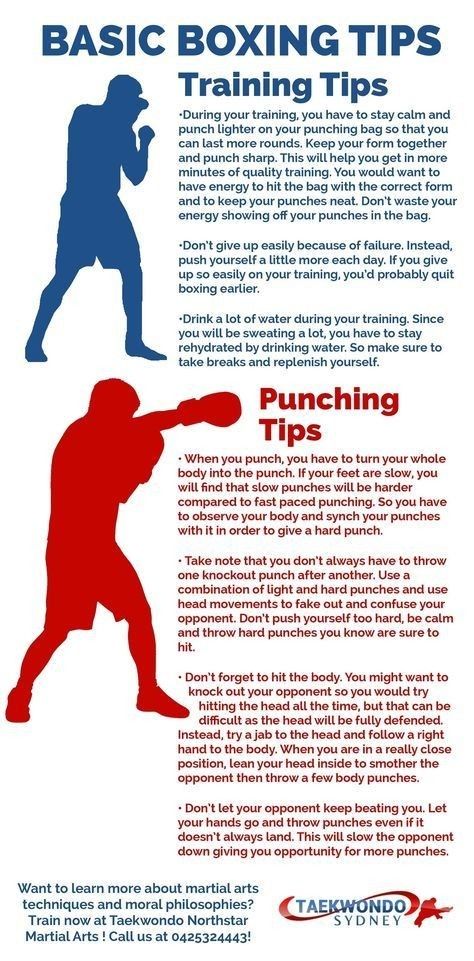 Recent events convince us of this. The civilian population becomes a hostage and is actually doomed to great suffering and slow death under bombs and ruins in the surrounded cities. Of course, becoming a refugee, especially when you do not have at least a minimal financial cushion, is not the most comfortable option. But to lose the most valuable thing - one's own life and the lives of others in the hope that "somehow it will pass" - is almost a crime. Who was worse? For those who stood in traffic jams for many days on the western border in the first days of the war, or for those who, under bullets and explosions, recently got out of Irpen, Bucha and other settlements? The answer is obvious.
Recent events convince us of this. The civilian population becomes a hostage and is actually doomed to great suffering and slow death under bombs and ruins in the surrounded cities. Of course, becoming a refugee, especially when you do not have at least a minimal financial cushion, is not the most comfortable option. But to lose the most valuable thing - one's own life and the lives of others in the hope that "somehow it will pass" - is almost a crime. Who was worse? For those who stood in traffic jams for many days on the western border in the first days of the war, or for those who, under bullets and explosions, recently got out of Irpen, Bucha and other settlements? The answer is obvious.
15. I am not a victim, we are not victims!
OK! Let everything be lost, but: we will live until tomorrow and start all over again. "The eyes are afraid, but the hands are doing." Passivity kills. We need to do something and we must not be silent. You need to shout to the whole world that you were attacked! When you are silent, then you should not expect to hear the answer.

